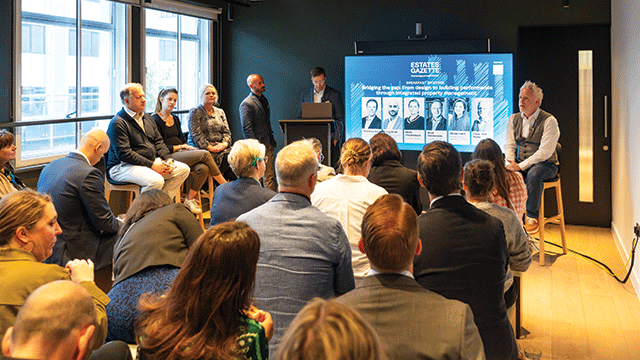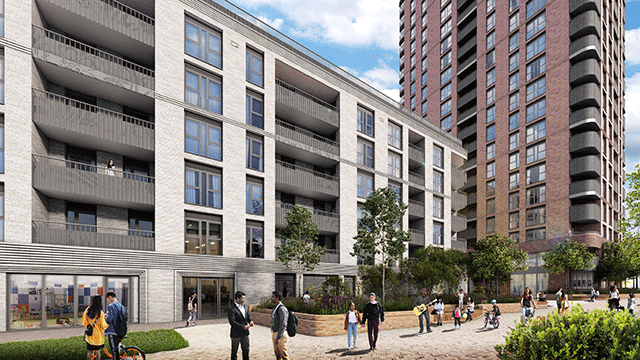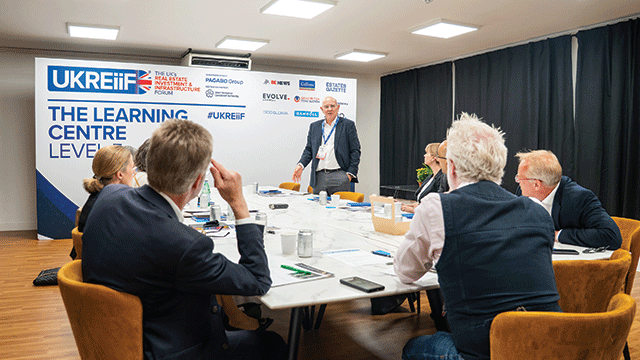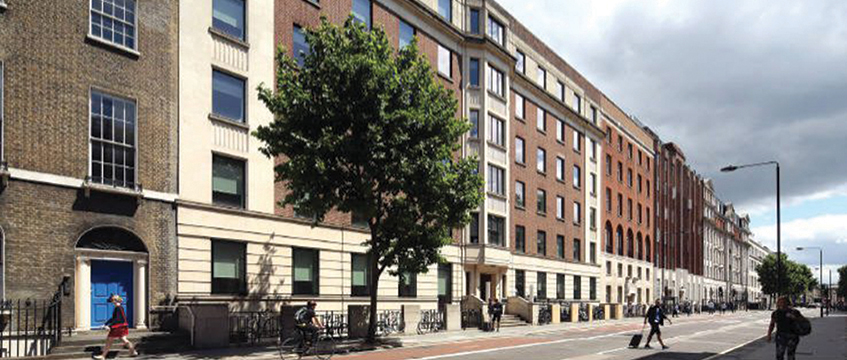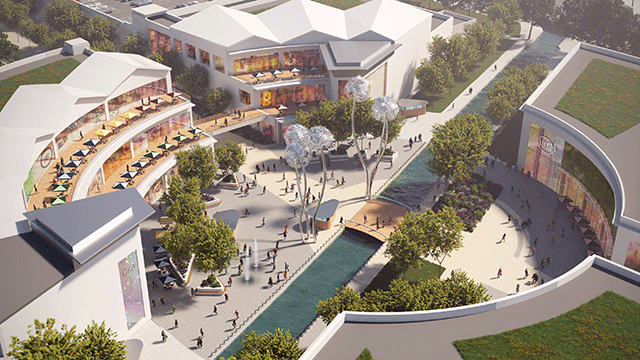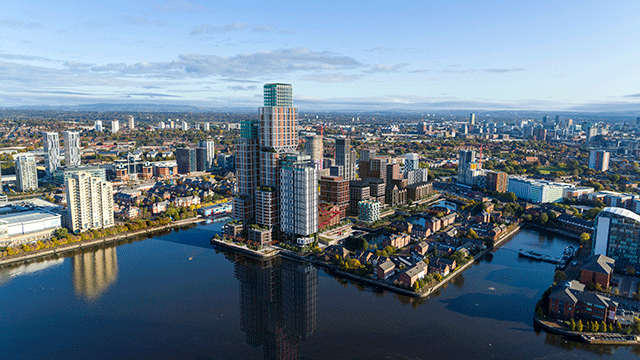COMMENT: Despite the economic and geopolitical storms of the past 18 months, the demand for assets at commercial property auctions remains very strong and we are expecting the sale room to see an emphatic run through to the end of the year, writes Richard Auterac.
It has been an interesting summer for commercial property generally. At the end of July, the investment giant Fidelity International said it believed that there was the danger of a ‘bubble’ developing in prime commercial real estate markets across the euro zone.
Interestingly, it then went on to say that investors would do well to turn their attention to non-prime property. The current spread in pricing between prime real estate and the rest of the institutional-grade property market is standing at circa 200bps, and Fidelity believes this indicates that better value can be found outside prime markets. Fidelity’s real estate investment director, Adrian Benedict, concluded: “We would urge investors to ensure you are not over-exposed to prime property, and to seek out non-prime investment within the euro zone or elsewhere which can still command a sustainable yield”.
Most pertinently to the auctions sector, the latest MSCI/Acuitus Commercial Property Auction Report (cPad), which tracks recent activity in the sale room, reflects a 400bp gap between upper and lower quartile yields.
This sentiment certainly aligns with what we’ve already seen this year at our auctions. Traditional fund and property company buyers are more cautious, and sellers have been starting to tap into the potentially wider auction marketplace, which has better access to new investors. Buyers continue to seek real estate investments, perhaps cognisant of likely ongoing volatility in the financial markets.
| Spot yield summary | |||
|---|---|---|---|
| All property | May-17 | Mar-17 | |
| Average initial yield | + | 8.3% | 7.8% |
| Lower yield quartile | – | 5.9% | 5.9% |
| Upper yield quartile | + | 9.6% | 9.3% |
| Yield by unexpired lease term | |||
| 0-5 years | – | 2.1% | 9.5% |
| 6-10 years | + | 7.8% | 7.6% |
| 11-15 years | + | 8.2% | 6.8% |
Source: cPad report summer 2017, prepared by MSCI in association with Acuitus
Another definable trend at this year’s auctions has been the growing presence of large-value lots in the sale room. Our cPad sector analysis showed that at auctions in May, although the average price achieved by lots fell slightly in comparison to the previous round of auctions, there was a marked increase in the number and proportion of assets which achieved more than £2m.
The number of high-value assets in the auction room actually started to rise in autumn 2016, and in the May auctions a total of 15 lots sold for more than £2m. The trend was repeated at the July auctions with the highest price achieved being the £4.67m paid for a highly reversionary short-leasehold investment in Bloomsbury. Let to University College London until 2028 at a current rent of £528,175 and with a rent review in 2022, the Engineering Faculty building on Gower Street sold to a UK institution in the room.
So, overall, our sector is proving remarkably resilient. Naturally, the general election did little to bolster investor confidence across the market, but the sector’s momentum has continued since and our July sale was our best of the year. It was an emphatic message from investors about their sentiment towards commercial property: if assets are priced correctly and professionally presented in our market place they will find buyers.
The July sale also reflected the diversity of demand in the market at present. Buyers are not just seeking long-term income. Retail investments throughout the country sold well at the sale. A shop with a flat above in Ruislip High Street sold for £675,000 at a yield of 5.15% while an Iceland-occupied supermarket in Ramsgate sold for £1.17m at a yield of 6.6%.
In terms of supply, banks and institutional investors are opting for auction room sales to maximise value in the execution of their disposal and restructuring strategies. This is generating the higher value lots – retail, industrial and office assets – which are now being seen in the auction room.
The availability of finance is always a good indicator of sentiment in the sector. In this context, it is interesting to note that the development finance market is becoming very competitive. There are a number of new lenders coming to the market. In addition, existing lenders have been updating their terms to become more competitive. Cheaper development finance from 3.25% over the base rate is available on borrowing of up to 60% loan-to-cost. It is possible to get development finance at 80% of cost for 6-6.5% interest rate at 65% GDV, and finance at 75% loan-to-cost is available for larger developments of £30m-£100m.
As we head towards the October round of commercial property auctions, there is a distinct air of entrepreneurialism in the sector and we expect this to be demonstrated again at our next sale on 19 October.
Richard Auterac is chairman of Acuitus




